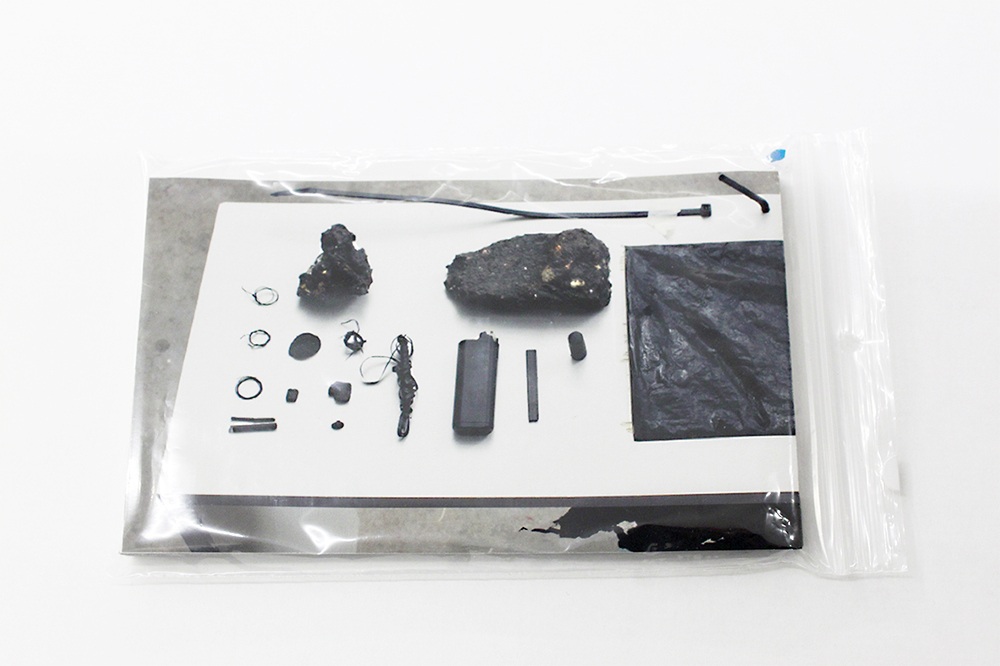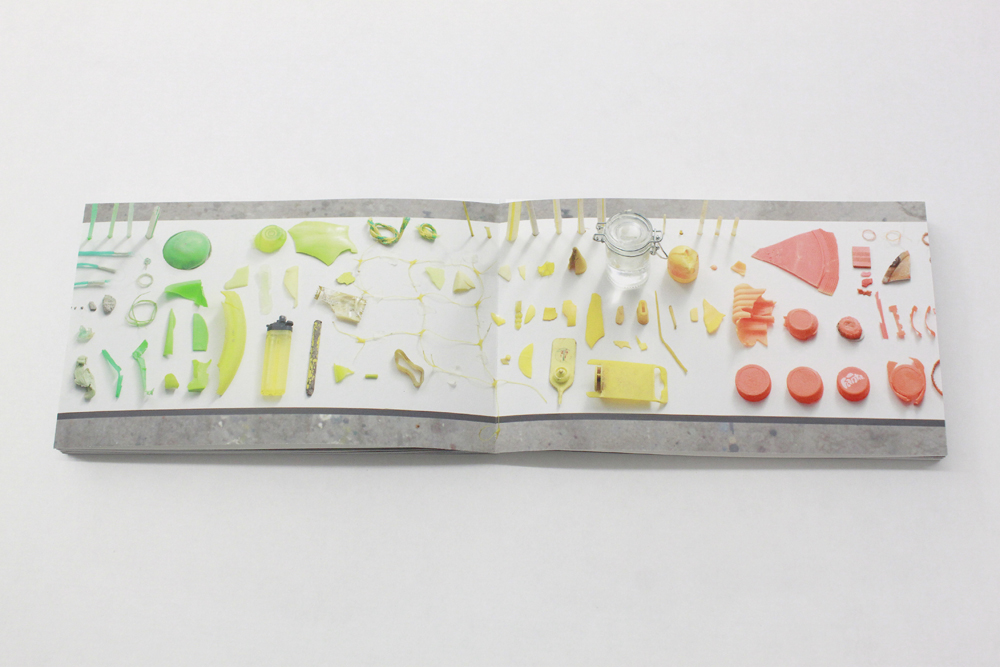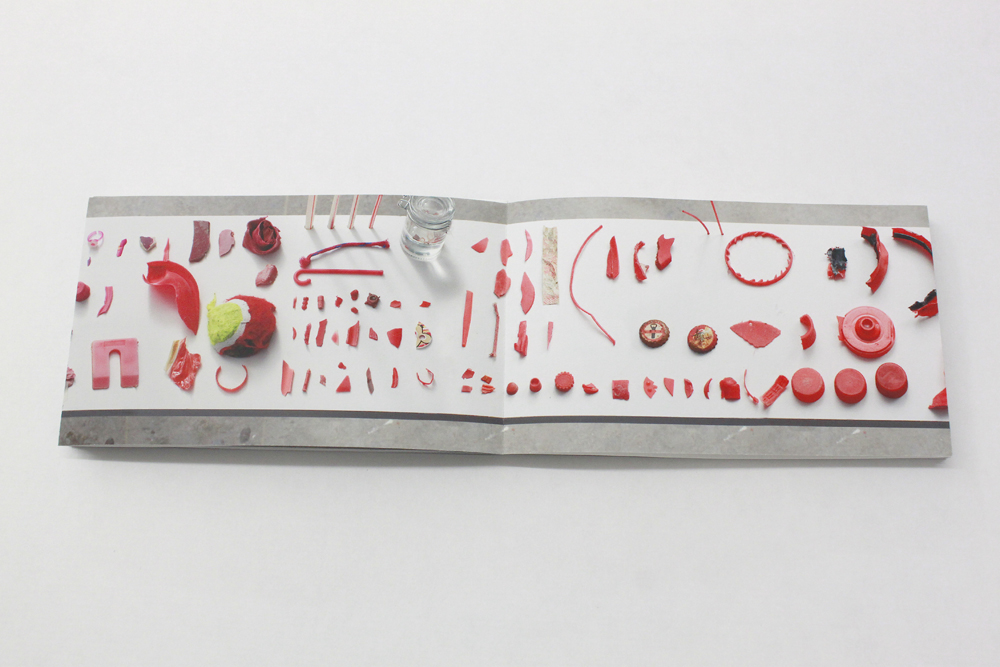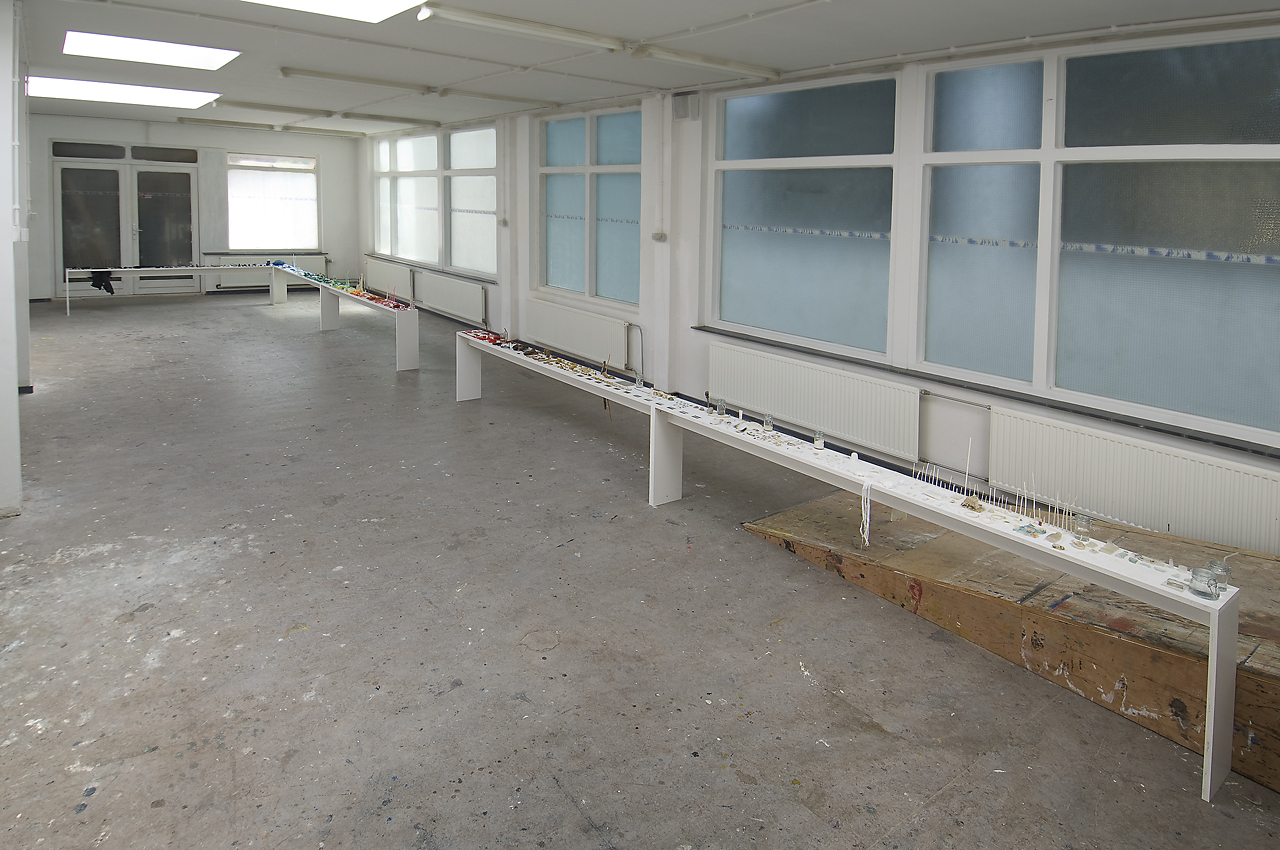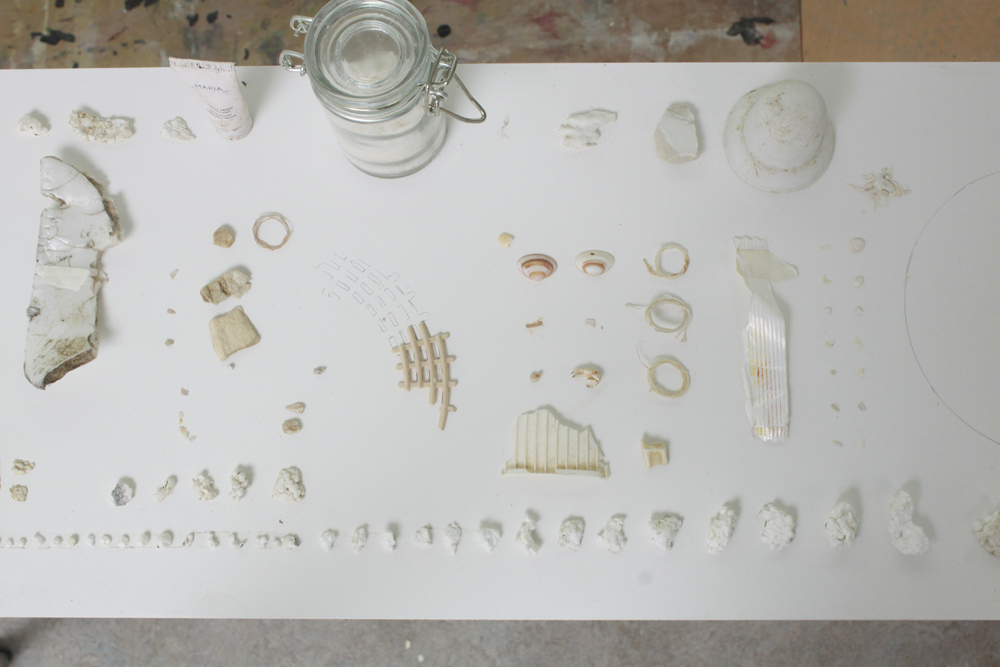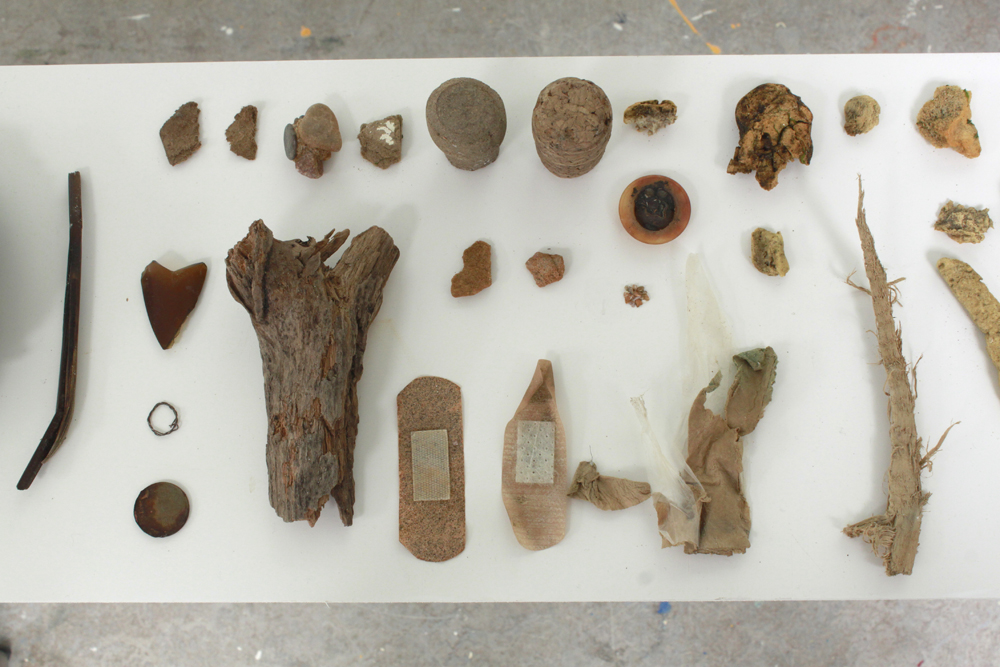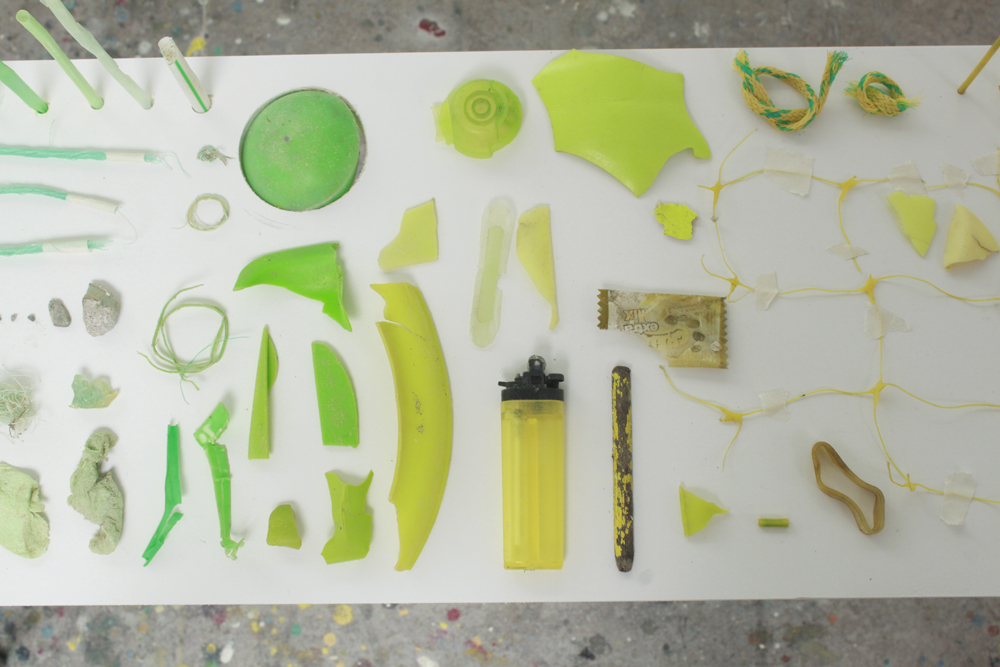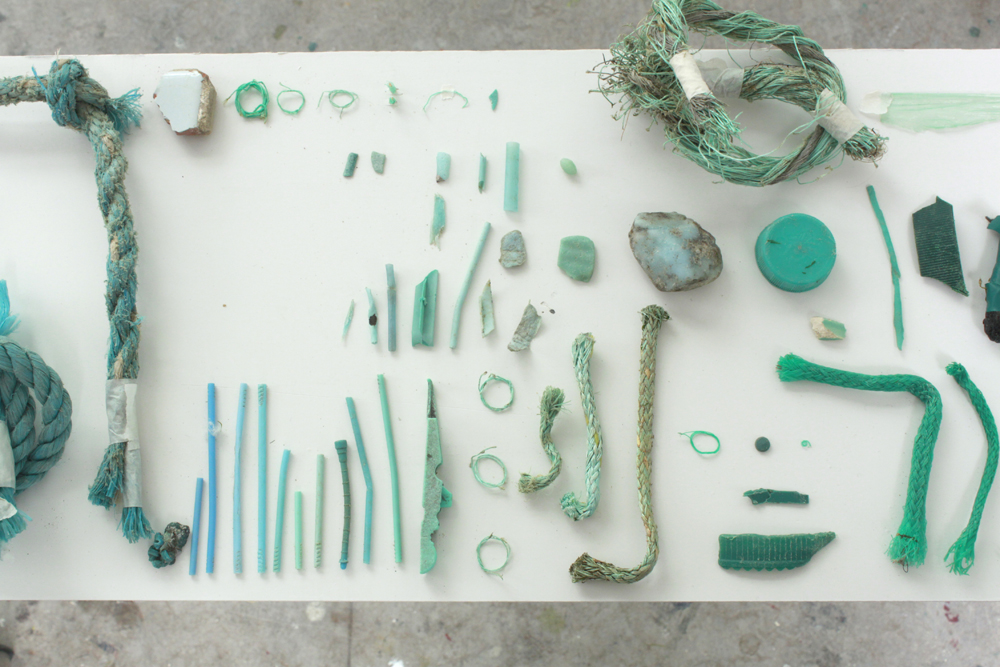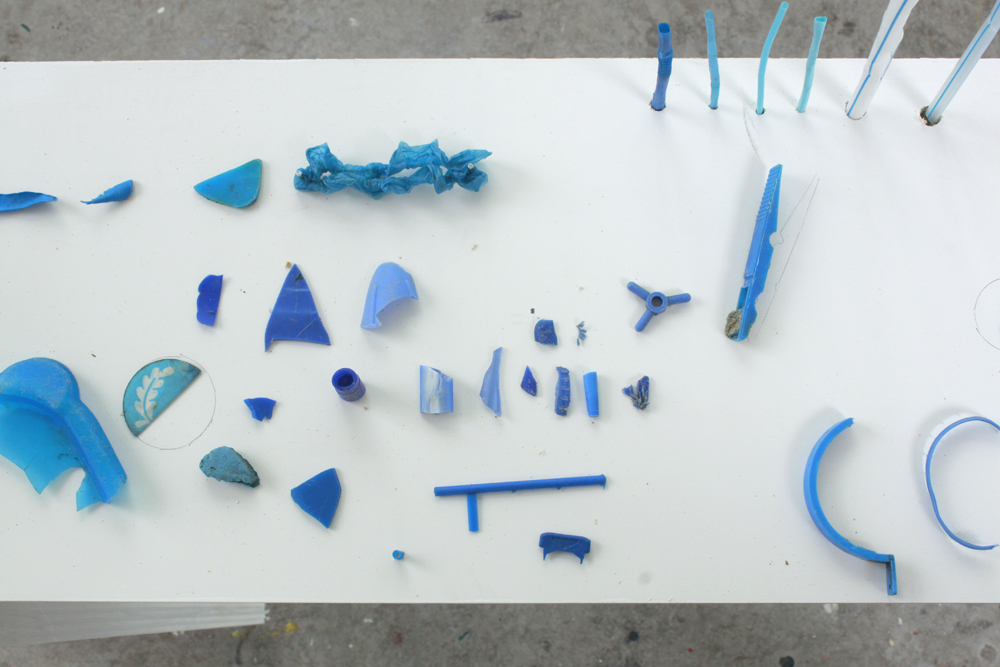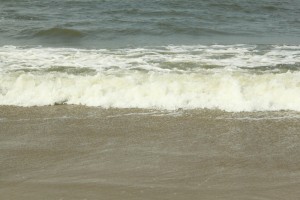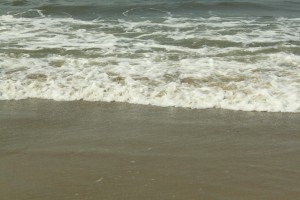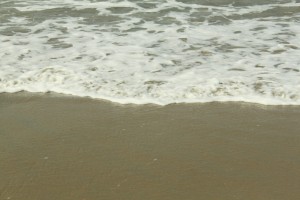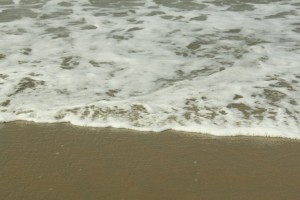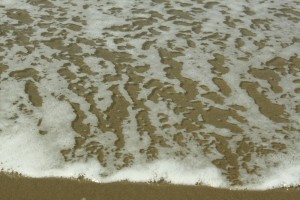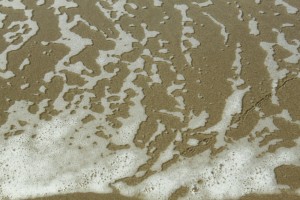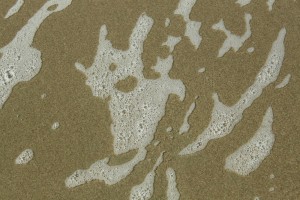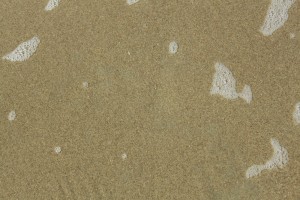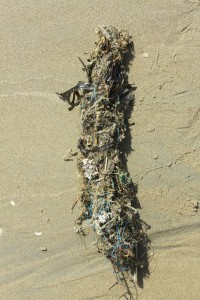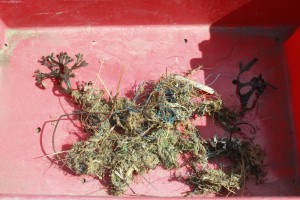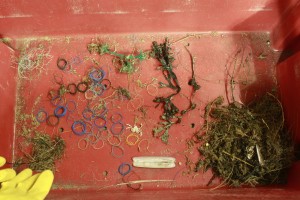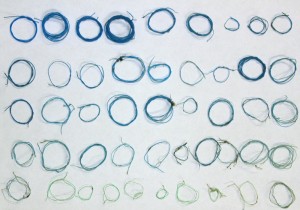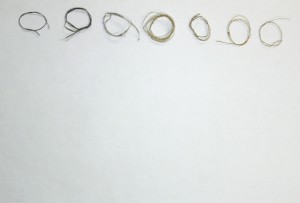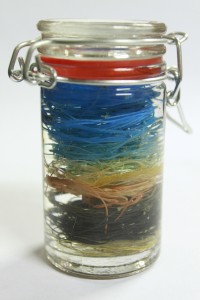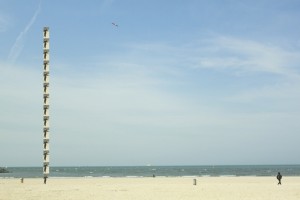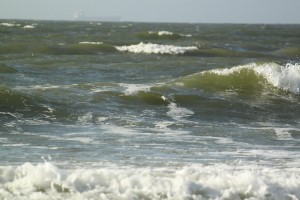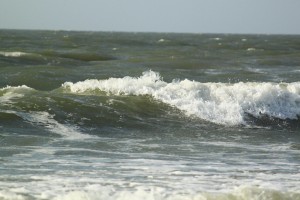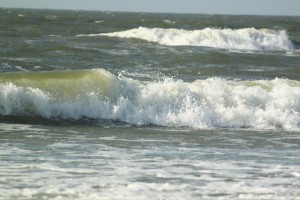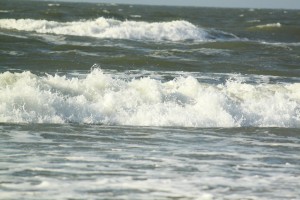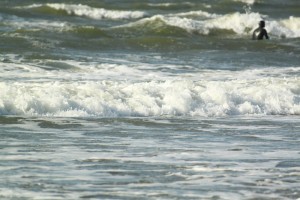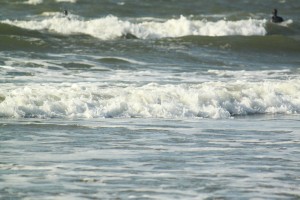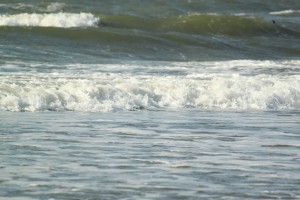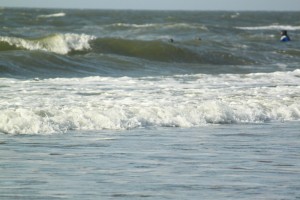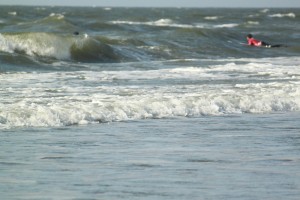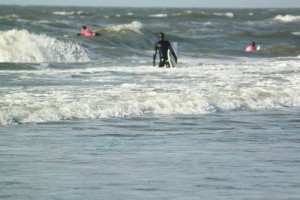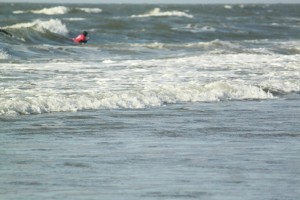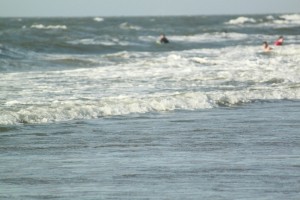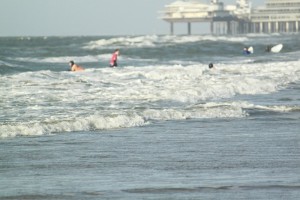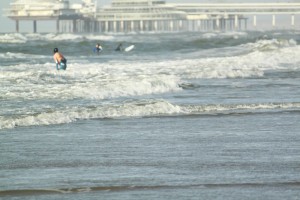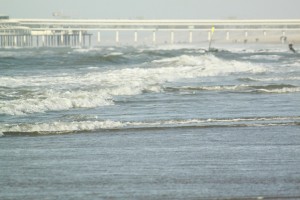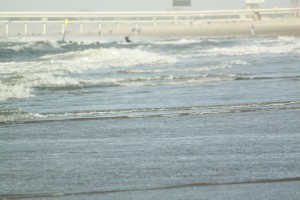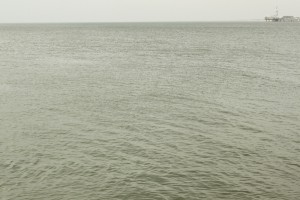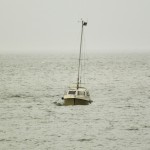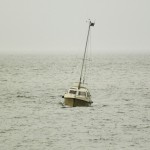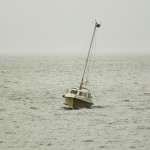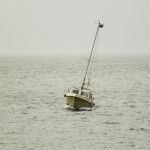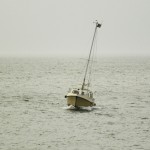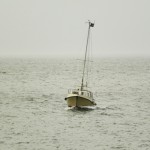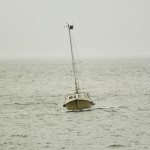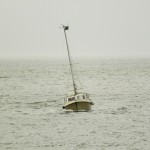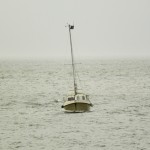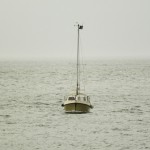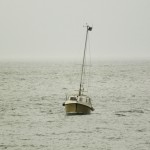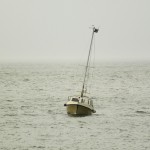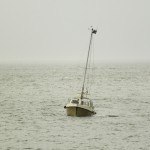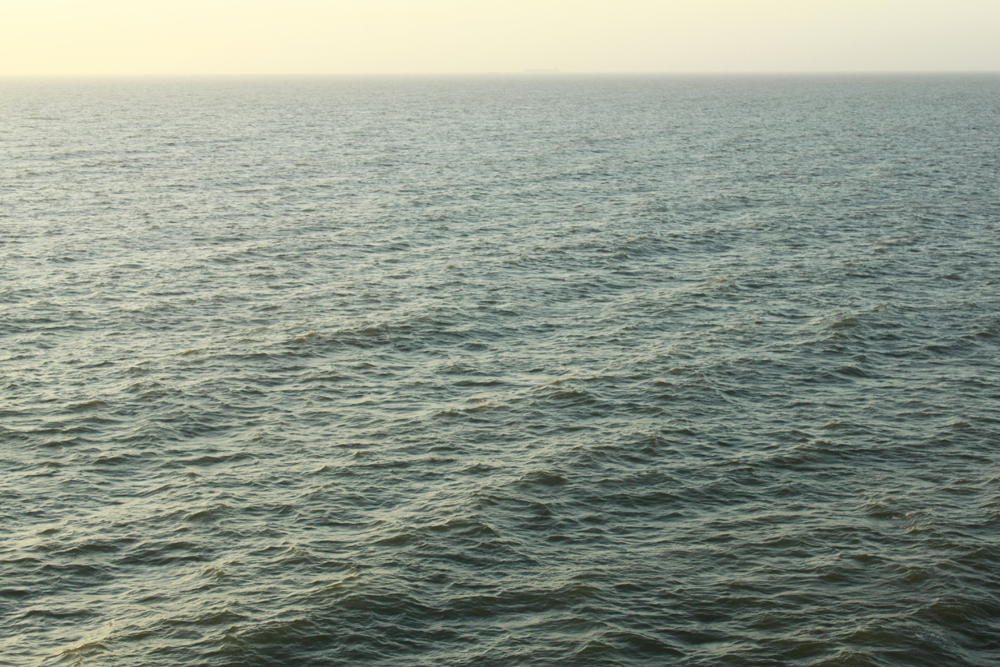Category Archives: 3. Current washes ashore
25 Nov 2013 Book 本 ‘current washes ashore’
The book is finally ready!
“Current washes ashore ”
10cm x 500cm ( 16.7cm x 30pages when it’s folded)
Collaboration between ‘The scope in the swell waves’ by Sachi Miyachi and ‘Repairing earthquake project, third phase’ by Nishiko
ついにできました!
「Current washes ashore」(海流は打ち上がる)
10cm x 500cm (折ると16.7cm x 30ページ)
宮地幸「The scope in the swell waves」とニシコ「地震を直すプロジェクト第3段階」のコラボレーション作品。
Graphic design: Nishiko and Janneke Hendriks
Edition: 20
2013年4–5月オランダスケベニンゲン海岸でのレジデンシー期間に制作、ハーグGEMAKで開催された’Zeelust – Kustweek Zuid-Holland’展(2013年5月24日−6月2日)で発表したインスタレーションの記録が本になりました。
this publication is documenting the installation ‘Current washes ashore’, shown in the exhibition ‘Zeelust – Kustweek Zuid-Holland’ at GEMAK, 24 May to 2 June 2013, as a result of our residency at Badgast in Scheveningen, the Netherlands.
This publication has been made possible by support from Municipality of The Hague, Satellietgroep and GEMAK.
Special thanks to jhoeko and Yuriko Taniguchi.
And super thanks to Janneke Hendriks!
提供:ハーグ市、Satellietgroep、GEMAK
ありがとうございました!:jhoeko、谷口ゆりこ
大変お世話になりました!:Janneke Hendriks
7 June 2013 Finissage Badgast Badgast最終日
Flied the kite abandoned on the beach. The highest tsunami in Japan was 21.1 m. (http://www2.ttcn.ne.jp/honkawa/4363b.html)
ビーチに置き去りにされていた凧を飛ばしました。東北の津波の最高到達地点は21.1m。 (http://www2.ttcn.ne.jp/honkawa/4363b.html)。
photo: wax
24 May – 2 June 2013 Exhibition ‘ZEELUST’ at GEMAK
2 May 2013 about Tsunami debris
What’s happening on the other side of pacific ocean.
kmxt radio
(KMX,T public radio in Kodiak, Alaska)

http://marinedebris.noaa.gov/tsunamidebris/debris_model.html
PRIME MINISTER OF JAPAN AN HIS CABINET
Frequently Asked Qs: 3.11 Tsunami Debris
The tsunami triggered by the Great East Japan Earthquake of March 11, 2011
(‘3.11 Tsunami’), washed out houses, shipping containers and other various items from land, and other things at sea such as fishing vessels and fishing gears; then it pushed them to offshore. Driven by ocean currents and winds, most of them have drifted eastward. Presumably some are still drifting (3.11 Tsunami Debris), although the others have already sunk.
Since the 3.11 Tsunami Debris was making large patches right after the 3.11 Tsunami, Government of Japan (GOJ) received many reports of at-sea sightings from vessels. However, the number of such reports has been dramatically decreased since the fall of 2011. GOJ supposes that this is because, as time passes, the debris has dispersed and some of them have sunk.
GOJ has been working on this issue by estimating total amount of the Debris, assessing current situation, and predicting the Debris’ trajectory in cooperation with experts, while sharing information and communicating with relevant countries.
Here are answers to frequently asked questions about the 3.11 Tsunami Debris.
(About Tsunami Debris)
Q1: How much is the total amount of the 3.11 Tsunami Debris?
A1: The amount of the floating debris at the immediate aftermath of the Earthquake is estimated to have been about 1.5 million tons. Since then, however, some of the 1.5 million tons of debris is considered to have been collected or to have sunk already. Therefore, the amount of floating debris still drifting at this point is considered to be less than 1.5 million tons.
It is estimated that the Great Japan Earthquake generated more than 20 million tons of debris in the three affected prefectures (Iwate, Miyagi and Fukushima prefectures). Out of the 20 million tons, about 5 million tons of debris is estimated to have been washed out by the 3.11 Tsunami. 70 percent of the 5 million tons (3.5 million tons) of debris is considered to have deposited on seabed along Japan’s coast, and remaining 30 percent (1.5 million tons) is considered to have become floating debris at the immediate aftermath of the Earthquake. Since then, however, some of the 1.5 million tons of debris is considered to have been collected or to have sunk already. Therefore, the amount of floating debris still drifting at this point is considered to be less than 1.5 million tons.
Q2: What is the 3.11 Tsunami Debris composed of?
A2: It is estimated that more than 90 percent of the floating debris caused by 3.11 Tsunami is parts of collapsed houses and driftwoods. The 3.11 Tsunami washed out collapsed houses, cars, woods, ships, aquaculture facilities, fixed fishing nets, cargo containers, etc. More than 90 percent of the floating debris is parts of collapsed houses and driftwoods, which are difficult to sink.
(Interesting, id did not mention plastic.)
Q3: What is the trajectory of the 3.11 Tsunami Debris? When and Where do they reach?
A3: The latest result of the prediction, which was published March, 2013, says that comparatively high density parts of broken houses and half-submerged fishing vessels, which most of floating Debris consist of, is expected to reach near-shore of west coast of North America from around April 2013. Some debris may travel faster/slower and arrive earlier/later than others, because impact of westerlies on the drifting speed of the debris may differ depending on shapes and conditions of the debris.
22 Apr 2013 Badgast day 7
19 Apr 2013 Badgast day 4
18 Apr 2013 Badgast day 3
17 Apr 2013 Badgast day 2
16 Apr 2013 Nishiko & Sachi Miyachi @Badgast
STARTED!
‘Repairing earthquake project, third phase’by Nishiko & ‘The scope in the swell waves‘ by Sachi Miyachi @Badgast
オランダでのレジデンシー始まりました。’地震を直すプロジェクト‘と宮地幸さんのプロジェクト’The scope in the swell waves‘とのコラボレーションです。
impression

